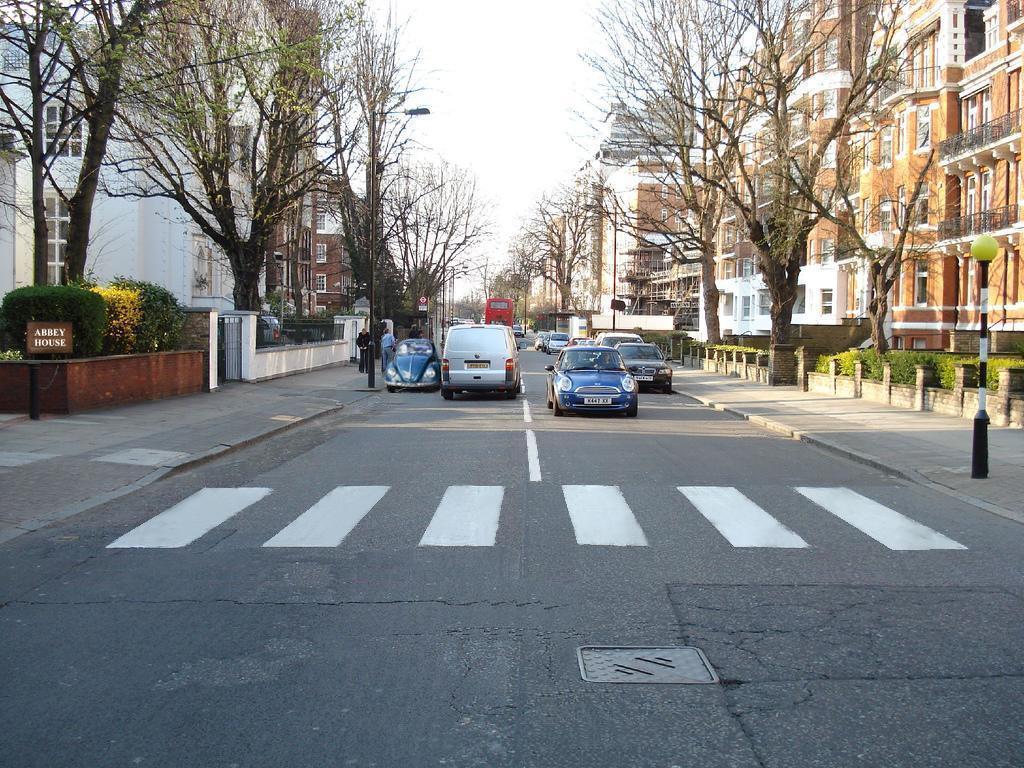For my supplemental text, I read the article "Universal Design in the Community Planning" about the development of new, more effective and efficient city planning (https://www.ncsu.edu/ncsu/design/cud/about_ud/udincommunity.html ). In the article, the author writes about new cities that are being designed as a tight-knit community and as a work/play area. Homes are being built directly on top of restaurants and shops so residents do not have to go very far for socialization. In cities that are designed where everything is spread out, this is not good for people who are "disabled with age," or very, very old to the point where they cannot function like they use to. As cities are more spread out, older people are forced to drive places since they can't drive. This can be very dangerous. These new communities that are closer together are making it easier for the elderly to reside there since everything is closer together.
The supplemental text relates to this article because both discuss specifically designing the built environment to better fit the needs of the disabled. While this article does not mention specific examples of things a city can do to help the disabled, it promotes the involvement of disabled people in discussions of city planning. For the supplemental text, it does not discuss the disabled getting involved in city planning, but rather what cities have already done to help the disabled, or, in the supplemental text's case, the elderly. Both of these articles have a goal of making the social environment equal and available for all people to enjoy. By realizing disabled people's needs in the environment, city planners can design cities that will make them accessible and enjoyable for everyone, disabled or not.



